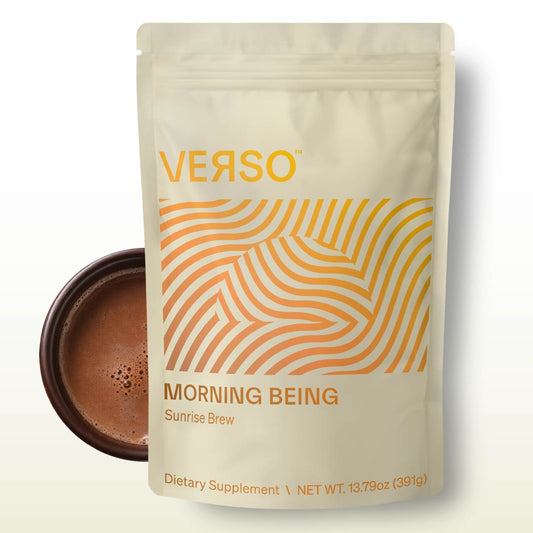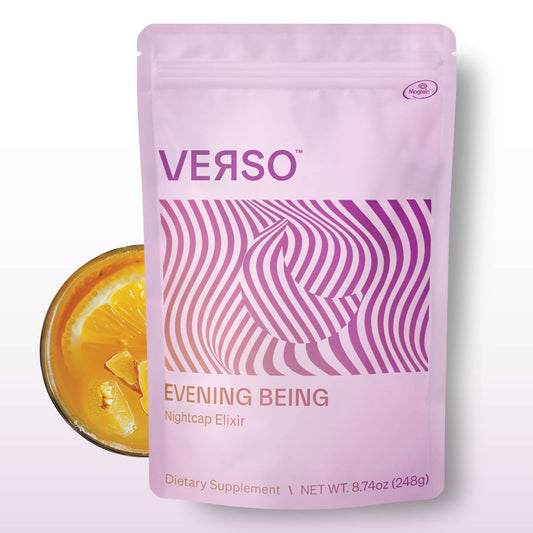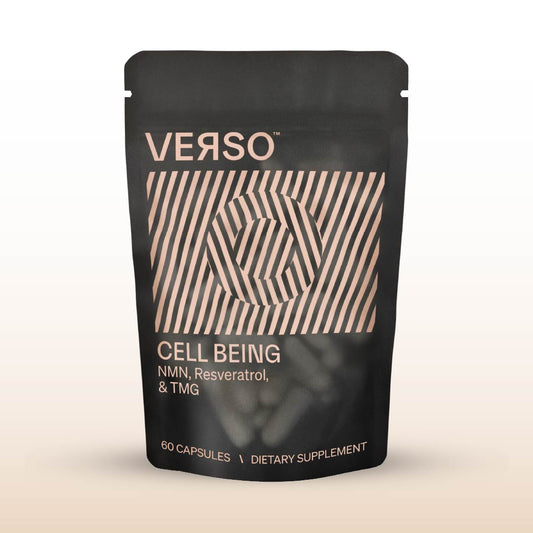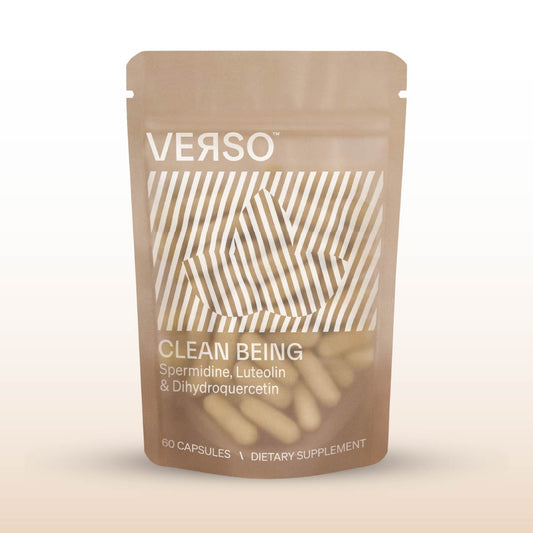Nicotinamide Mononucleotide (NMN) boosts NAD+ by entering the cell by a special transporter, and is converted to NAD+ inside the cell.
NICOTINAMIDE MONONUCLEOTIDE – NMN
Nicotinamide Mononucleotide, commonly referred to as NMN for short is arguably the most sought out supplement in recent years for longevity and health fanatics. A plethora of new supplement brands and companies have started selling NMN. Although, it’s great news NMN is becoming widely available to consumers, it’s crucial to know where the NMN is being sourced because NMN is not a stable molecule and if exposed to UV light or high temperature, it will convert into nicotinamide, which has shown to inhibit sirtuin activity at a certain threshold – you don’t want this. In addition, there are tons of products out there claiming to sell NMN, but don’t actually contain the active ingredient, or only contain <20% of it.
Click here to read an overview on how to choose high quality, pure supplements.
This article will discuss what NMN is, why it’s important, how it works, who will benefit from it, when to take it, how to get more of it and much more!
WHAT IS NMN?
NMN is the immediate precursor for nicotinamide adenine dinucleotide (NAD+). There are other NAD+ precursors, but they aren’t equally distributed throughout the body. Instead, they undergo preferential allocation in different tissues in the brain, blood, gut, and other organs. The most popular precursor is nicotinamide riboside (NR). However, for NR to convert into NAD+, it undergoes an extra step that NMN doesn’t need to go through. Once NR enters the cell, it needs to convert into NMN first, then subsequently into NAD+. NMN has been shown to be the most potent NAD+ booster currently available because it simply converts into NAD+ in one step.
WHY IS NMN IMPORTANT?
NMN supplementation has been shown in multiple studies in humans and in animal models to increase and maintain cellular NAD+ levels. NAD+ is critical to all living organisms. Without it, any living organism would drop dead in about 30 seconds. Aging causes NAD+ levels to decline significantly. Since NAD+ is responsible for fighting off age-related diseases and acts as a neuroprotector, it is important to keep levels high to combat old age. You can trick the body that it’s young again by having high levels of NAD+.
NAD+ activates a group of longevity enzymes called sirtuins, which guide cells how to perform their roles. Once NAD+ levels start declining, cells start to need more and more of it because of accumulating DNA damage. Sirtuins are then overwhelmed with DNA repair and they lose their identity. Accumulations of DNA damage distract sirtuins from their normal job of keeping cells with proper gene expressions and cellular identity. Eventually nerve cells start acting like skin cells, and skin cells start acting like kidney cells. This is why so many issues arise at old age – the body is confused! Raising NAD+ levels to fix DNA damage will allow them to get back to where they came from and for the cells not to lose their identity.
If you’re wondering why you can’t simply take NAD+, it is because there is no known transporter to get NAD+ into cells; it is too big of a molecule to be carried in. This is why taking a precursor, such as NMN is necessary to increase NAD+ levels. NMN simply replaces a molecule that is lost over time – a fairly natural process.
Click here to read all about NAD+.
BIOAVAILABILITY OF NMN AND HOW IT WORKS IN THE BODY
When ingested, NMN is taken into the cells through a transporter called the Slc12a8 gene. Upon entering the cell, NMN directly converts in NAD+.
NMN administered orally at high doses of 300mg per kg of body weight in a number of rodent studies is shown to increase NAD+ levels throughout the body, including the liver, pancreas and skeletal muscle, in as little as 10-30 minutes of administration. It’s important to mention when NMN is orally administered at a low dose of 50mg per kg of bodyweight, only tiny amounts of NAD+ is present in tissues other than the liver.
EFFECTS OF NMN ON AGING AND LONGEVITY
Age-related diseases are directly associated with the depletion of NAD+ levels as one ages. In a long-term study of mice receiving oral administration of NMN, age-associated physiological decline was mitigated. The mice were given either 100mg or 300mg of NMN per kg of body weight for 1 year, which resulted in a reduction of body weight of 4% and 9%, respectively compared to mice not given NMN. Furthermore, the NMN fueled mice had increased bone density, increased energy expenditure, improved skeletal muscle mitochondrial function, and decreased insulin resistance. Again, these results were dose-dependent – the higher the dose, the better the result.
DNA repair is very demanding on NAD+ levels. DNA damage happens to everyone, every day and as one gets older, the body’s ability to repair declines and the accumulation of DNA damage is one of the primary drivers of aging. Another study of old mice taking oral NMN showed they were able to stimulate repair of DNA damage through poly (ADP-ribose) polymerase 1 (PARP1), which is an enzyme in humans that acts as a first responder upon DNA damage detection.
EFFECTS OF NMN ON NEURODEGENERATIVE DISEASE
Administration of NMN is shown to significantly improve cognition and memory in rodents with Alzheimer’s disease. As a result, rodents that are given NMN have sustained improvement in cognitive function as well as a decrease of cell death. In addition, rodents that are genetically predisposed to develop Alzheimer’s demonstrate considerable improvements in behavioral measures of cognitive impairment when given NMN compared to mice that are not treated. Moreover, mice treated with NMN have a substantial decrease in beta-amyloid production and inflammatory responses, which are both factors of Alzheimer’s disease progression.
EFFECTS OF NMN ON MITOCHONDRIAL HEALTH
As one ages, mitochondrial function declines. Mitochondria are commonly known as the powerhouse of cells. They take in nutrients, break them down, and convert them into molecules that can be used as energy for cells. In a study in which long-term oral administration of NMN to mice for 1 year showcased mitochondrial benefits. It prevented age-associated gene expression changes in peripheral tissues and improved mitochondrial respiratory capacity in skeletal muscle. In another study, 500mg of NMN per kg of body weight every three days for a duration of 5 weeks in mice reversed mitochondrial protein hyperacetylation and delayed development of heart failure. Hyperacetylation of mitochondria is correlated with disease progression in heart failure. As a result, NMN has potential therapeutic effects to slow down or reverse age-related conditions such as Alzheimer’s, frailty, or heart failure by sustaining NAD+ levels to maintain mitochondrial integrity.
EFFECTS OF NMN ON CARDIOVASCULAR HEALTH
According to 2018 statistics, approximately 647,000 people in America die of cardiovascular disease every year. That’s a staggering 1 in every 4 deaths – it’s the leading cause of death in America. NMN in rodents have shown promising results to greatly improve cardiovascular health. One study in which elder mice were given 300mg of NMN per kg of body weight for 8 weeks, increased SIRT1 activity and reversed age-associated arterial dysfunction and oxidative stress.
HOW TO GET NMN?
NMN is found in minute amounts in a variety of foods including avocado, beef, and broccoli. Furthermore, it is an intermediate compound in the NAD+ salvage pathway, which recycles nicotinamide into NAD+. It is important to note that one cannot consume enough foods to have the equivalent NMN doses administered in any clinical study.
To take in enough NMN to have a meaningful impact on increasing NAD+ levels, one must take supplemental NMN.
WHO WILL BENEFIT FROM NMN?
NMN is used to increase and maintain NAD+ levels. Since NAD+ is essential for all living organisms, everyone could benefit from NMN supplementation. Of course, the older one is, the lower their NAD+ levels are, so people over 30 are more likely to see significant improvements in their physiology and health. High performers ranging from athletes to top-level executives live a demanding life, which requires lots of energy, both physically and mentally. The body’s energy source is finite, and from one coffee aficionado to another, sometimes that cup of Joe isn’t enough. Cellular fuel is critical to performing optimally, and the only way to keep up with rigorous activities is keeping NAD+ levels up. Conversely, if one does not live a healthy lifestyle by being stagnant and not exercising, not eating well and not undergoing periods of fasting, their NAD+ levels would decline quicker than someone who lived a healthier lifestyle. This is because the damage being done to the body requires far more repair than someone that is actively healthy.
Although there are few NMN trials in humans relative to animal models, the data shows promising results. The first human clinical trial with NMN administration began in 2016 in Japan and concluded in late 2019. The results of this study were underwhelming, which is is a success because it was a human safety trial. Because of so many revolutionary discoveries in animals, many more human trials around the world are being conducted and the research findings pertaining to the safety and bioavailability of NMN in humans will be published in the near future.





